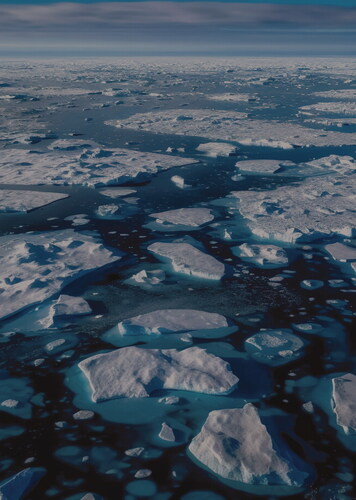In the past few years, the fragility of the global food supply chain has been brought to the attention of the world – first with the shortages during the Covid-19 pandemic, then even more prominently by the negotiations around exports of wheat affected by the Russia–Ukraine War. Suddenly, the impact of geopolitics and conflict on food production and trade was laid bare for all to see. The recent Houthi attacks on cargo ships in the Red Sea compounded the public realisation of food insecurity as something that is not solely a concern in extreme cases of famine and war, but a widespread phenomenon that affects societies across the globe in different ways. This fragility in the global food system, aggravated both by flares in violent conflict and ongoing shifts in weather patterns and crop production due to climate change, is a marked example of the interconnectedness of geopolitics and societal resilience. In this issue of the RUSI Journal, Jennifer Cole and Ivica Petrikova analyse the complexities of global food security, and discuss implications for UK policy at home and abroad.
A landscape scenery of the North Pole where climate change has caused melting ice caps. Generated with AI. Courtesy of Mongkolchon/Adobe Stock

If food insecurity is an age-old concern compounded by contemporary geopolitical and structural changes, questions that, up till recently, looked futuristic or even dystopian, are now very much at the forefront of strategic and operational thinking. Thus, as space shapes up as a new domain of war, Clifford Fletcher-Jones argues that the UK should look back at its experience of establishing the Royal Air Force to set up an independent Royal Space Fleet if it is to truly maximise the strategic potential of space. And if we look back to earth, climate change is set to alter the operational environment in potentially very significant ways. James Regens argues that militaries need to fold a deep understanding of the impact of extreme weather into their calculations at both operational and strategic level. The fast pace of technological change that defines our digital age affects both the nature of our societies and the character of war: Runar Spansvoll considers how social media, crowdfunding and the availability of commercial drones have played a significant role in Ukraine’s approach to defending against Russian aggression. Amos Fox debunks some of the myths that have emerged around the use of technology and precision strikes in the face of the realities of waging contemporary conflict on the ground.
More traditional capabilities are still at the heart of warfare: Richard Fisher proposes a model to better assess historic military capabilities that goes beyond mere technical aspects of equipment and takes a more holistic understanding of capabilities, while Bence Nemeth offers an analysis of how South Korea was able to build a robust defence capability through a convergence of political will, sound economic and industrial investment, and prioritisation. And in an interesting analysis of power projection and influence through security sector assistance, Paa Kwesi Wolseley Prah looks at China’s presence in Mali and asks whether Chinese assistance may in fact exacerbate existing fragilities.
Finally, Geraint Hughes delves into a debate about the relationship between academic research and defence institutions, and argues that a lack of openness in allowing researchers access to archives undermines the advancement of academic knowledge, but perhaps even more importantly discourages the British armed forces’ ability to better learn from its own history.■
Editor
